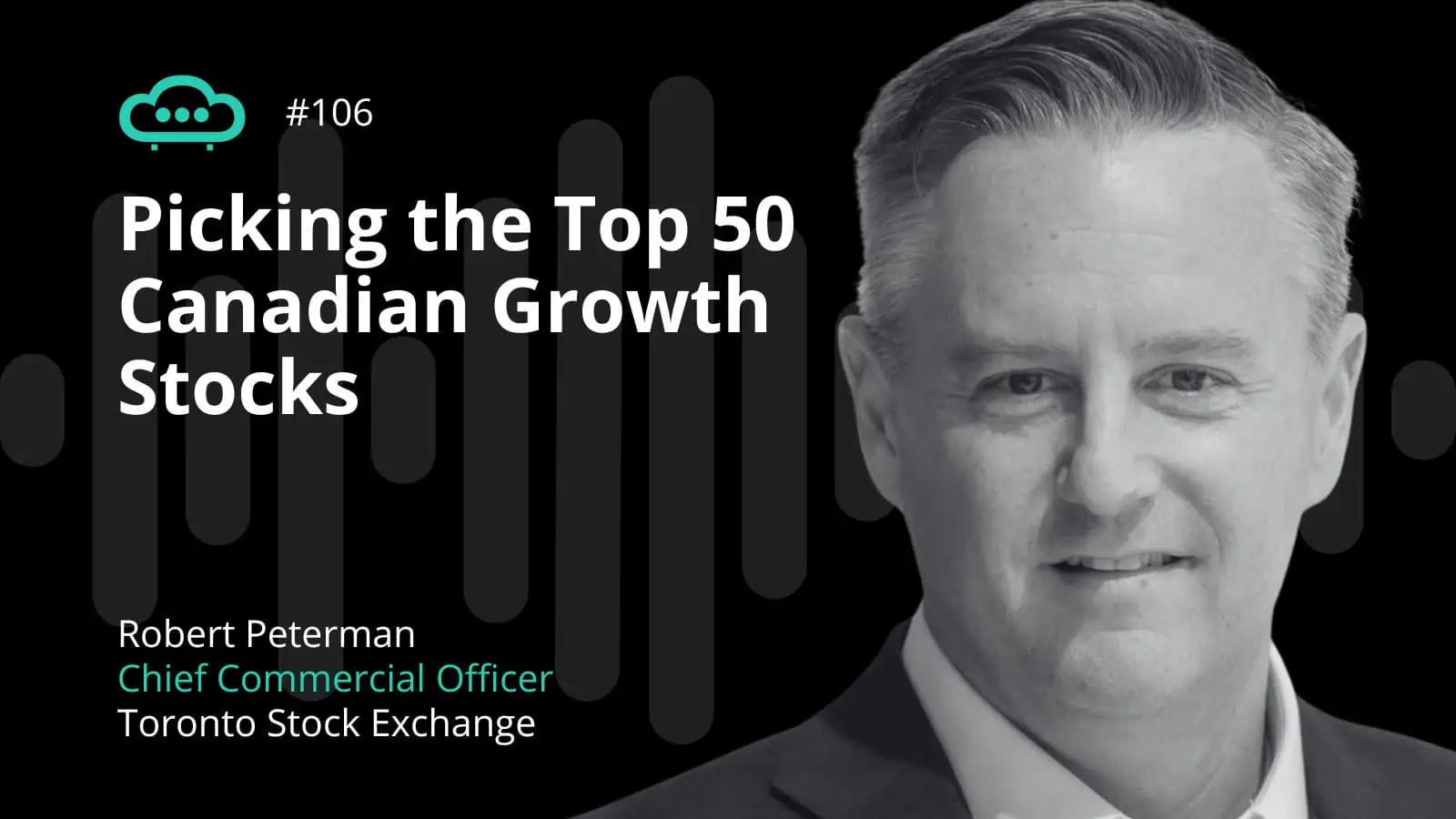Anthony Ginsberg, managing director of California-based GINS Global, here discusses the investment themes and growth drivers of three tech ETFs he launched with HANetf in the past year to cover the cloud, tech innovation and healthcare themes.
The statistics paint quite a dramatic picture. Cloud technology accounts for almost 60% of all IT expenditure in the US, according to research by Gartner, while research by hedge fund Bridgewater has found that expenditure on cloud technology has jumped four-fold in four years, from 2013 to 2017.
The problem, says Anthony Ginsberg, managing director of GINS Global and manager of three ETFs on the HANetf platform, is that expenditure can therefore be quite concentrated.
Until recently, for Netflix, Uber, J.P. Morgan and other users of cloud services, the choice of cloud technology provider was limited to the big players, such as Microsoft, Amazon, Google or Oracle. Typically, this means active portfolios investing in this technology will be dominated by these names.
Game changer
The game changer was when IBM sealed a $35bn deal to buy Red Hat Software in July 2019. Unlike the other cloud service providers, Red Hat uses open source Linux software, which is certified on hundreds of clouds, and so allows firms to outsource to different cloud service providers. It also allows banks and other big corporates to outsource, not just their small-scale needs, such as emails, but also middle office functions, such as compliance.
For Ginsberg, who runs the HAN-GINS Cloud Technologies Ucits ETF, in partnership with platform-provider HANetf, the IBM purchase of Red Hat was a big moment. The fund, which launched in September 2018, featured Red Hat as one of its 15 biggest constituents, contributing in no small part to its first-year performance figures of 26% growth on the London Stock Exchange (as of 20/9/19).
Outsourcing solution
Ginsberg has been careful in his index construction to avoid big users of cloud services, and to focus instead on the smaller technology service suppliers – the designers, developers and infrastructure players, such as Red Hat. Sony Pictures, which is a big user of cloud services, was forced to reappraise the nature of its business when it was hacked after issuing a film critical of North Korean leader Kim Jong-un. Ginsberg describes this event as a wake-up call for the cloud services community in California. For Sony, it was a realisation that it didn’t want to be in the business of software development, deciding instead to outsource its needs to the specialist providers.
The hacking risk now faced by corporates also highlights the link between cloud computing and cyber security, Ginsberg says, one that is set to be boosted exponentially by the ongoing development of the Internet of Things (IoT).
Broad-based growth
The HAN-GINS Innovative Technology Ucits ETF, a more broadly diversified sister fund launched 5th October last year, has delivered a performance of 21% so far, with its first full-year results due out soon. The fund tracks the Solactive Innovative Technologies Index and includes companies developing cutting edge “Industry 4.0” technology in a range of industries under eight, equally weighted themes: future cars, social media, blockchain, genomics, robotics, cloud computing & big data, cyber security and augmented & virtual reality.
The fund is designed to be more conservative, capturing growth from across the tech sector. With more than 100 companies, and 10-15 stocks per theme, this fund is for clients who may be nervous about investing only, for example, in social media. That sector is covered, for example with the Chinese tech giants Baidu, Alibaba and Tencent, but their weightings are capped at 1.5% of the fund. Ginsberg adds: “Some of these mega caps may end up fully priced, so it is good to also have the growth potential of the up-and-coming small to mid-cap companies.”
Interestingly, Ginsberg says, most of the revenues for these companies come from business rather than retail clients. Amazon started out in the retail space, selling books and videos, but today some 60% of its profits come from businesses. One of the fund’s constituents is Splunk Technology, a Silicon Valley developer of software for searching, monitoring and analysing machine-generated big data, via a web-style interface, for use in management, security and compliance. Another is VMware, which provides companies with virtualisation and cloud infrastructure solutions.
Healthcare
In April this year, Ginsberg launched the HAN-GINS Indxx Healthcare Innovation Ucits ETF, tracking the Indxx Advanced Life Sciences & Smart Healthcare Thematic Index. The fund, which has up to 80 stocks, offers exposure to companies at the forefront of healthcare innovation, under seven themes: bioengineering, genome sequencing, healthcare trackers, nanotechnology, neuroscience, robotics and medical devices.
Among the drivers of this sector are the ageing population and the falling cost of gene editing, which has opened up huge possibilities. Not surprising, then, that Apple and Amazon should be taking an interest. Tim Cook, Apple’s CEO, is expecting to generate a lot of indirect revenues from healthcare, by developing wearable devices that can, for example, monitor heart rate or sugar levels. Some technology remains prohibitively expensive, however, but even here solutions can be found. Intuitive Surgical, one of the biggest manufacturers of robotic surgery machines, leases them out to hospitals, allowing them to use the technology without breaking their budgets.
You may also be interested in:












